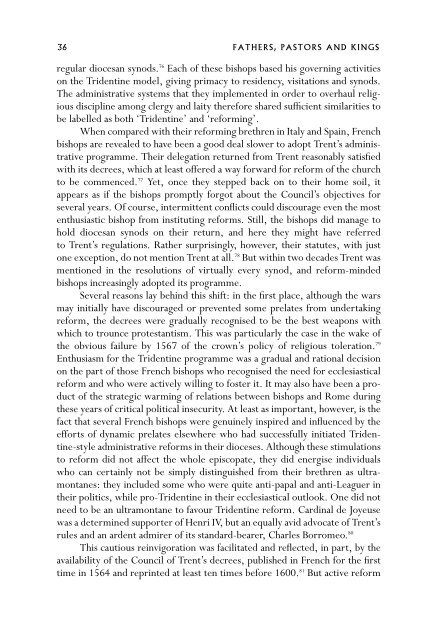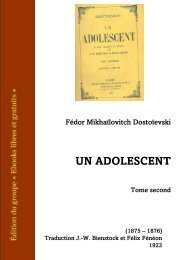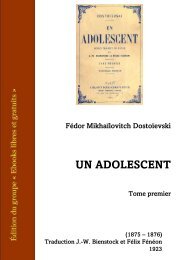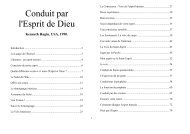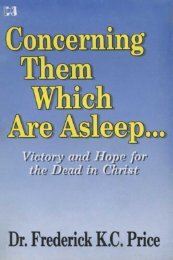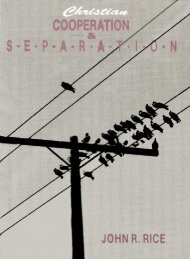341332
You also want an ePaper? Increase the reach of your titles
YUMPU automatically turns print PDFs into web optimized ePapers that Google loves.
36 FATHERS, PASTORS AND KINGS<br />
regular diocesan synods. 76 Each of these bishops based his governing activities<br />
on the Tridentine model, giving primacy to residency, visitations and synods.<br />
The administrative systems that they implemented in order to overhaul religious<br />
discipline among clergy and laity therefore shared sufficient similarities to<br />
be labelled as both ‘Tridentine’ and ‘reforming’.<br />
When compared with their reforming brethren in Italy and Spain, French<br />
bishops are revealed to have been a good deal slower to adopt Trent’s administrative<br />
programme. Their delegation returned from Trent reasonably satisfied<br />
with its decrees, which at least offered a way forward for reform of the church<br />
to be commenced. 77 Yet, once they stepped back on to their home soil, it<br />
appears as if the bishops promptly forgot about the Council’s objectives for<br />
several years. Of course, intermittent conflicts could discourage even the most<br />
enthusiastic bishop from instituting reforms. Still, the bishops did manage to<br />
hold diocesan synods on their return, and here they might have referred<br />
to Trent’s regulations. Rather surprisingly, however, their statutes, with just<br />
one exception, do not mention Trent at all. 78 But within two decades Trent was<br />
mentioned in the resolutions of virtually every synod, and reform-minded<br />
bishops increasingly adopted its programme.<br />
Several reasons lay behind this shift: in the first place, although the wars<br />
may initially have discouraged or prevented some prelates from undertaking<br />
reform, the decrees were gradually recognised to be the best weapons with<br />
which to trounce protestantism. This was particularly the case in the wake of<br />
the obvious failure by 1567 of the crown’s policy of religious toleration. 79<br />
Enthusiasm for the Tridentine programme was a gradual and rational decision<br />
on the part of those French bishops who recognised the need for ecclesiastical<br />
reform and who were actively willing to foster it. It may also have been a product<br />
of the strategic warming of relations between bishops and Rome during<br />
these years of critical political insecurity. At least as important, however, is the<br />
fact that several French bishops were genuinely inspired and influenced by the<br />
efforts of dynamic prelates elsewhere who had successfully initiated Tridentine-style<br />
administrative reforms in their dioceses. Although these stimulations<br />
to reform did not affect the whole episcopate, they did energise individuals<br />
who can certainly not be simply distinguished from their brethren as ultramontanes:<br />
they included some who were quite anti-papal and anti-Leaguer in<br />
their politics, while pro-Tridentine in their ecclesiastical outlook. One did not<br />
need to be an ultramontane to favour Tridentine reform. Cardinal de Joyeuse<br />
was a determined supporter of Henri IV, but an equally avid advocate of Trent’s<br />
rules and an ardent admirer of its standard-bearer, Charles Borromeo. 80<br />
This cautious reinvigoration was facilitated and reflected, in part, by the<br />
availability of the Council of Trent’s decrees, published in French for the first<br />
time in 1564 and reprinted at least ten times before 1600. 81 But active reform


